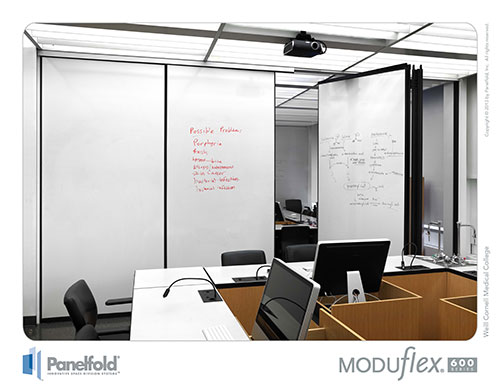When word got out that the best firms in the world have begun adapting open office layouts, many other organizations jumped blindly into the bandwagon. After all, if the top business firms were doing it, they were probably on to something. On top of that, it can be pretty hard to resist the allure of enhanced communication, collaboration, productivity and creativity.
A few years later, reports have been piling up about the adverse effects of having an open office layout — that the benefits are far outweighed by the disadvantages.
In particular, a lot of employees who work in open-plan offices have found it difficult to cope with the high level of noise which distracts them from performing tasks that require deep thinking and concentration. Compounding matters further are employees who do not see the importance of lowering their voice during conversations or the volume of the equipment and devices they use.
This, however, does not necessarily mean that your office should make a complete about-face and embrace the traditional office layout.
Members of the organization, from the bosses down to the employees, can establish ground rules which satisfy the needs of everyone. For example, the organization can invest in noise-cancelling headphones or set quiet periods which should be strictly enforced.
Employees should also be mindful of their co-workers and follow open-office etiquette, especially those that pertain to talking to another person face-to-face or via the telephone.
Another simple yet effective strategy that organizations with open-office layouts can implement is to apportion one part of the office as a quiet area. Using office wall panel systems, the office can be converted into a versatile space.
These quiet areas can perform multiple roles. For one, this can be used as a meeting room for some departments. With the use of sound reduction systems, those who attend the meeting can shield themselves from the noise coming from the main work area and vice versa.
Employees who need to perform tasks that require concentration and thinking can also find respite in these secluded areas. This also serves as the perfect area for introverts who need to find a quiet place before switching from one task to another.
Although it is unlikely that many organizations will once again begin embracing conventional office layouts, at the end of the day, productivity matters. And in order to achieve that, organizations have to be attuned to the needs of their employees and enforce the appropriate remedies to make open-office layouts work with greater efficiency.

